Consider A Scottish Fold Cat.
Impish and good-tempered, the Scottish Fold cat has recruited admirers from cat fanciers all over the world. But what makes the Scottish Fold Cat so special? Scottish Folds possess an intriguing history and an even more intriguing physical attribute that makes this breed so unique and popular.
History of the Scottish Fold Cat
As the name would imply, the origins of the Scottish Fold cat can be traced to Scotland, where Susie, the first Scottish Fold cat was identified. Susie was a farm cat. William Ross, a local farmer near Coupar Angus, noticed Susie in a neighbor's barn. Her ears folded down and were placed forward on her head, giving her face a rounded, owl-like appearance. William Ross and his wife Mary expressed keen interest in Susie, taking care of her and the litter she gave birth to a year later. Susie gave birth to two kittens that also had distinctly folded down ears. The Ross' adopted one of Susie's kittens and named her Snooks. Belatedly, Snooks was bred with a British shorthair, and the Scottish Fold breed was officially registered in Great Britain.
Mary Ross in the 1970s
In the 1970s, Mary Ross conveyed some of her Scottish Folds to an American geneticist named Dr. Neil Todd. Dr. Todd arranged the breeding of the first litter Scottish Fold cats on American soil. This first American-born litter was born on November 30, 1971. By 1973, the Scottish Fold cat had been accepted by the American Cat Association and Cat Fancier's Association.
The Physical Side of the Scottish Shorthair
Over the three decades that the Scottish Shorthair has been bred, the Scottish Shorthair has developed an extremely distinctive look. Most Scottish Shorthairs are medium-sized, with an average weight of 6 to 13 pounds. Scottish Shorthairs are plush, well-padded, and generally give the appearance of being very soft and round. Scottish Fold cats have large eyes and display a calm, sweet expression. The Scottish Fold cat has a curved mouth, small nose, and prominent whiskers that are frequently described as resembling a "smiling cat" appearance.
Scottish Fold cat's coat is typically short, thick, and plush
The Scottish Fold cat's coat is typically short, thick, and plush, although there are longhaired versions of the Scottish Fold cat. The long hair Scottish Fold cat has a medium-length coat. Their coat must be brushed regularly, especially during their shedding period. The Scottish Shorthair comes in all colors, including tabby, calico, and tortoiseshell motifs, although they do not appear in pointed colors, which include colors recognized in Eastern breeds such as the Siamese.
The most notable feature of the Scottish Shorthair is, of course, its ears
The most notable feature of the Scottish Shorthair is, of course, its ears. The Scottish Shorthair's ears can range from very small to medium-sized. The fold in a shorthair's ear can range widely, from a slight curve at the tip of the ear, to a tightly curved pattern.
The Scottish Fold cat is a hardy cat with an average lifespan of 10 years old
The Scottish Fold cat is a hardy cat with an average lifespan of 10 years old, although a well-cared-for cat can live up to 15 years. Scottish Folds are susceptible to a degenerative joint disease that occurs when folded ear cats are bred to other folded ear cats. Legitimate breeders will, then, only breed normal, straight-eared cats to folded ear cats. Scottish Fold cats stricken with the degenerative joint disease will display a short, thickened tail. One day, this joint disease will cause a cat's tail and legs to become stiff and fuse. Although it causes the cat considerable discomfort and threatens their ease of mobility, the disease is not fatal.

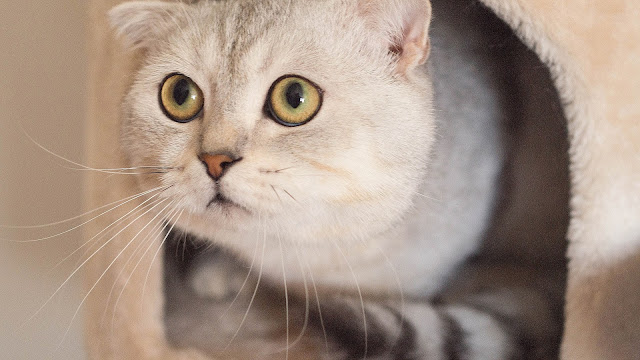



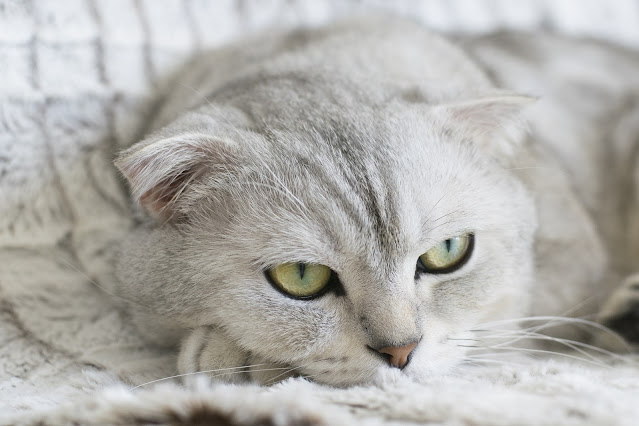




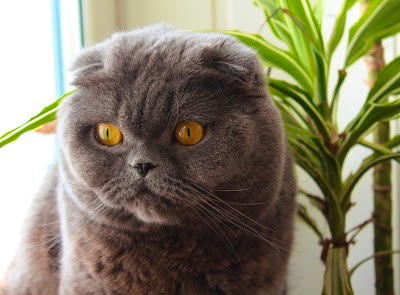



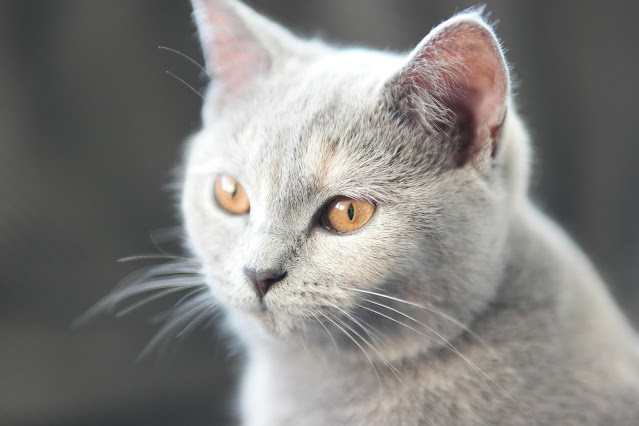
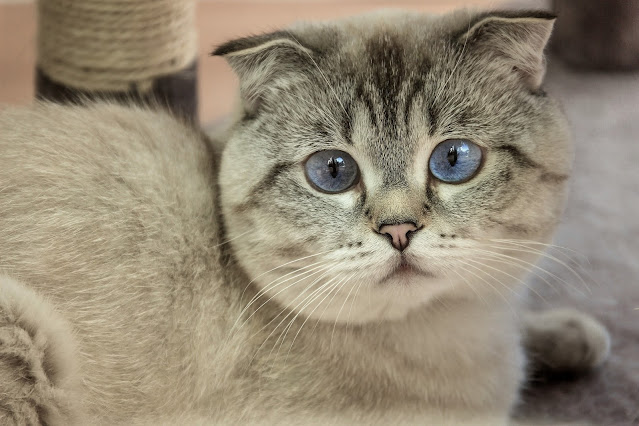
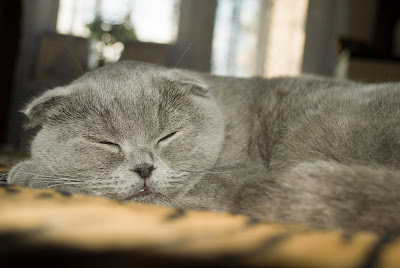
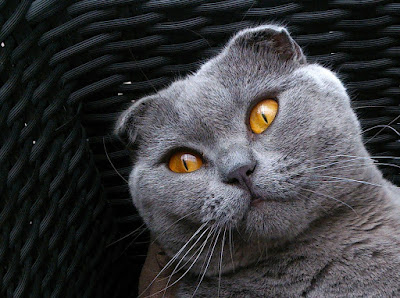
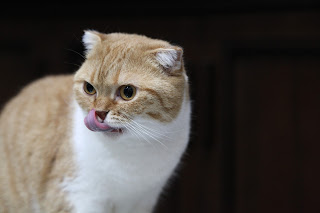
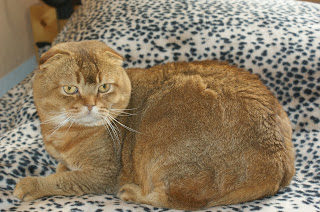
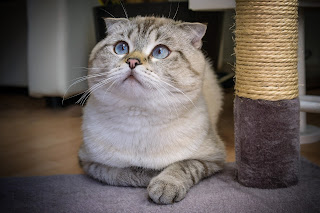
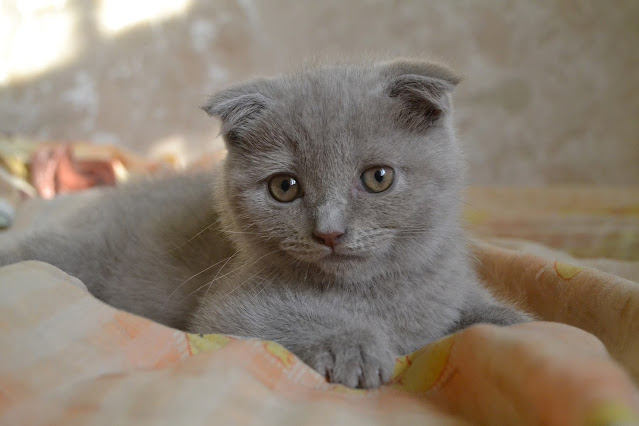

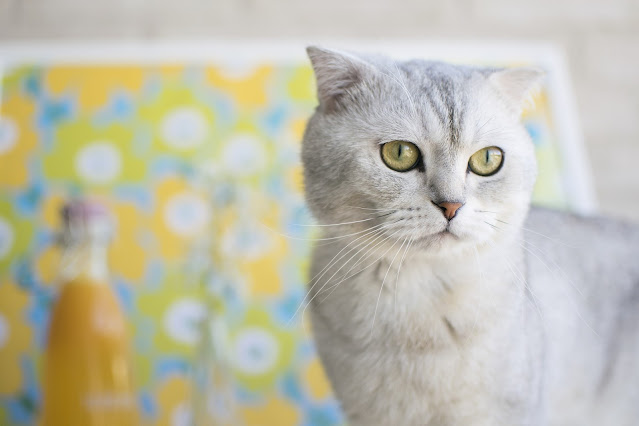
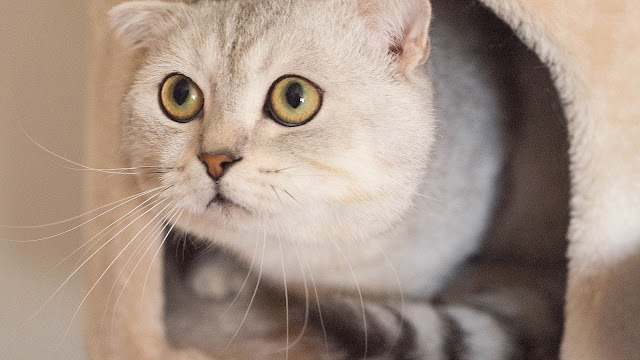
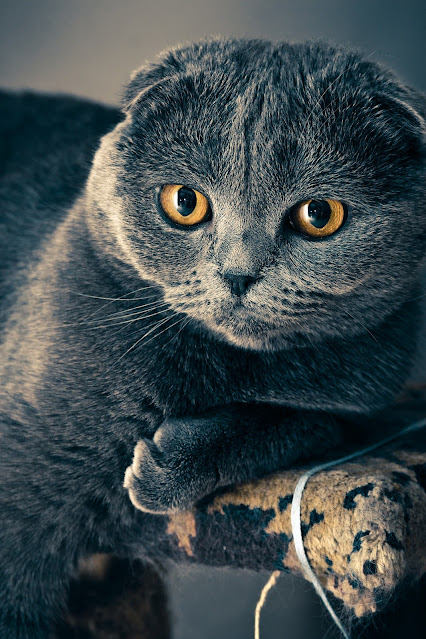



0 Comments
Spams Denied! Ask and Discuss healthy things